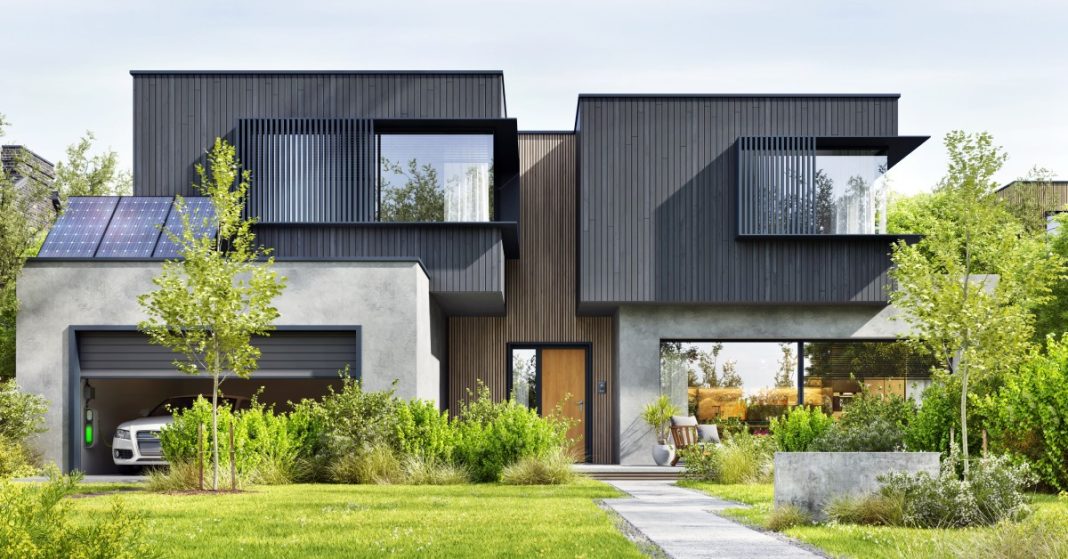In the quest for sustainable home materials, cladding stands out for its ability to blend aesthetics with practical environmental considerations. It’s an incredibly diverse material. Dive into understanding bamboo and timber cladding, and explore the differences between the two. This blog will show a closer look at both options.
Understanding Bamboo Cladding
Bamboo cladding emerges as a formidable contender in the realm of sustainable materials. It has boomed in popularity thanks to its rapid growth rates and superior carbon appropriation abilities. Notably, bamboo’s density and flexibility lend it a unique advantage, making it resistant to weathering and pests.
Its novelty in global markets sometimes raises questions about durability and long-term performance. One of the standout advantages of bamboo cladding is its minimal environmental footprint, courtesy of bamboo’s fast regeneration and widespread availability.
Exploring Timber Cladding
On the other hand, timber cladding has a rich heritage, giving it a timeless appeal and versatility. It commands a significant footprint in traditional and modern architecture styles alike. The environmental impact of timber varies widely across species and sourcing practices.
Responsibly sourced timber can offer a sustainable option, although it has higher maintenance requirements to guard against decay and insect damage. Its aesthetic warmth and natural insulation properties also contribute to its enduring popularity.
A Comparative Analysis
When comparing bamboo and timber cladding, several factors come to the forefront.
- Cost: Bamboo cladding often presents a cost-effective alternative, owing to its lower material costs and comparable installation expenses.
- Durability: Both materials boast commendable durability, though timber may require more upkeep to maintain its integrity over the years.
- Environmental sustainability: Bamboo leads in this arena due to its rapid renewability and lower ecological impact, making it a favorite among eco-conscious builders.
- Installation ease: Both materials have a streamlined installation process, although bamboo’s lighter weight can simplify logistics and reduce labor costs.
Making an Informed Choice
For eco-conscious homeowners, the decision between bamboo and timber cladding hinges on a matrix of sustainability, budget, and personal style preferences. Bamboo cladding has incredible advantages and innovative appeal. Meanwhile, timber remains a strong candidate for those drawn to its natural beauty and versatility, provided it comes from responsible sourcing.
The movement toward sustainable building materials has elevated bamboo and timber cladding as key players. Each offers unique benefits tailored to homeowner priorities. Making an enlightened choice ensures a green footprint and a home that resonates with personal values and long-term sustainability goals.

